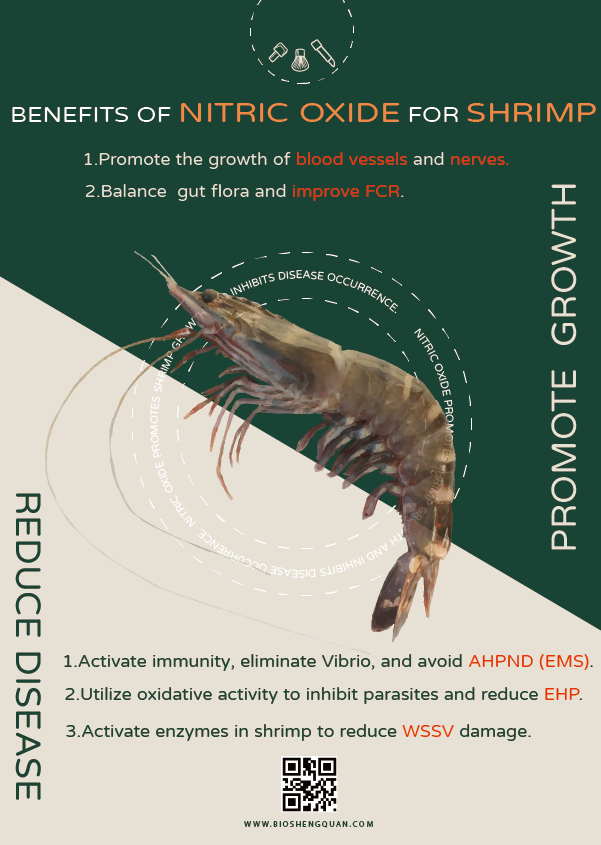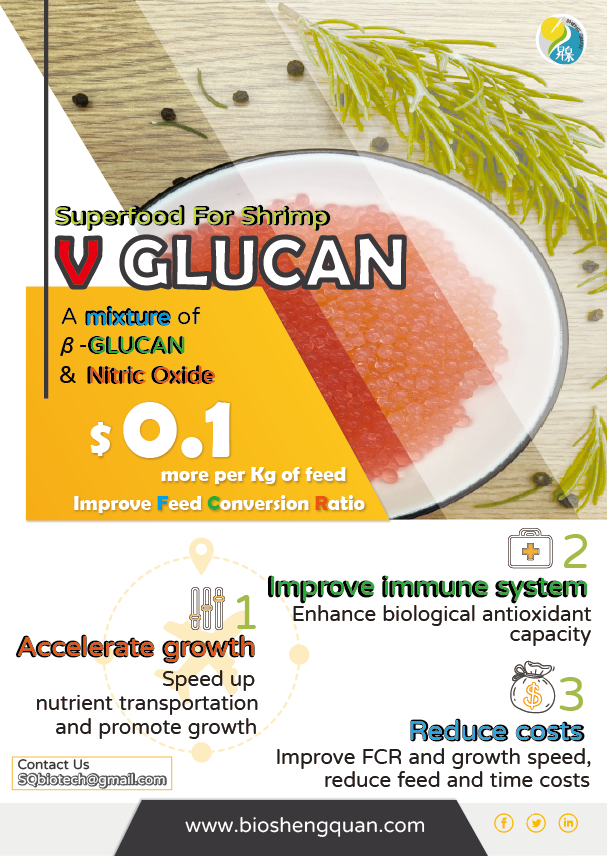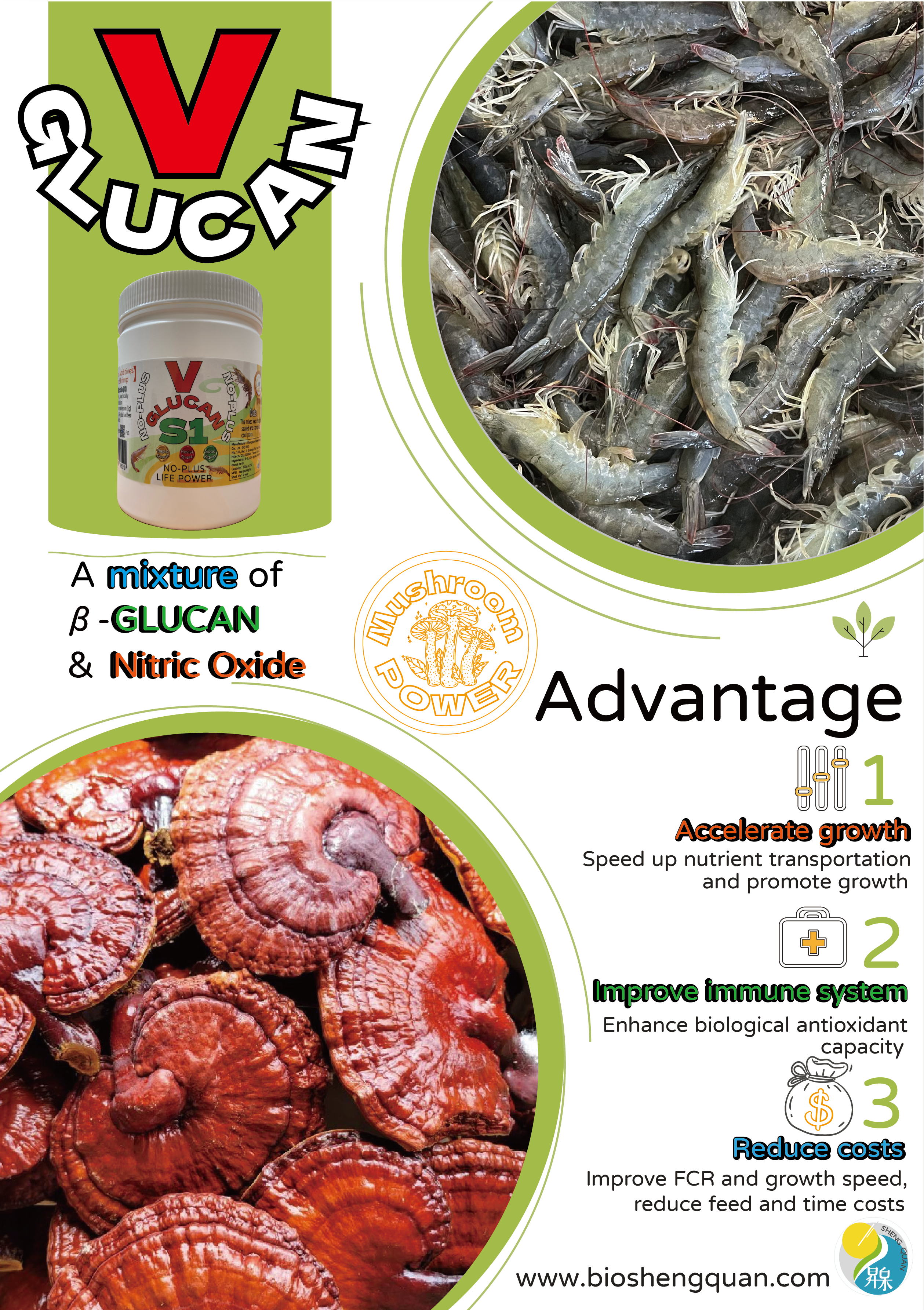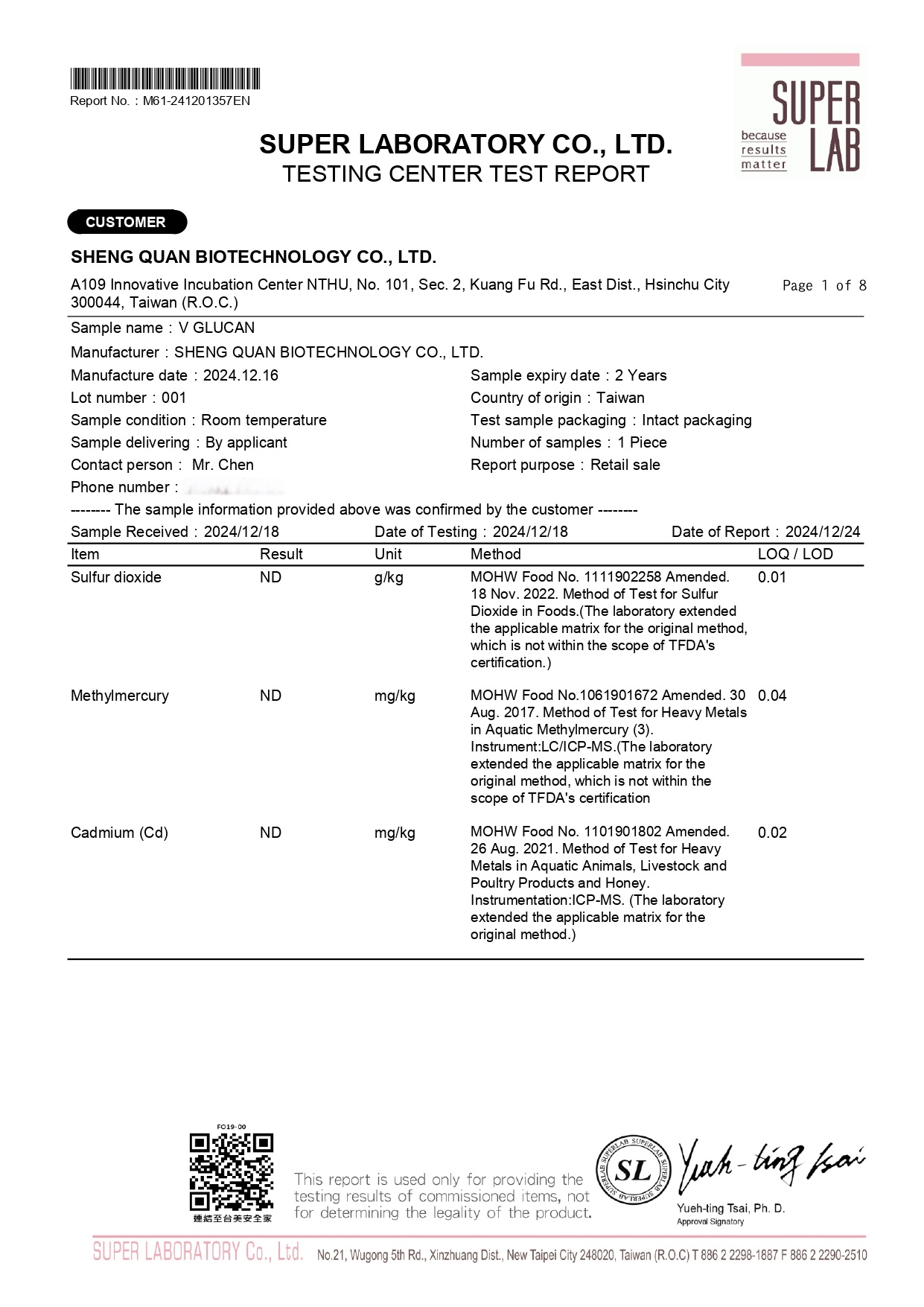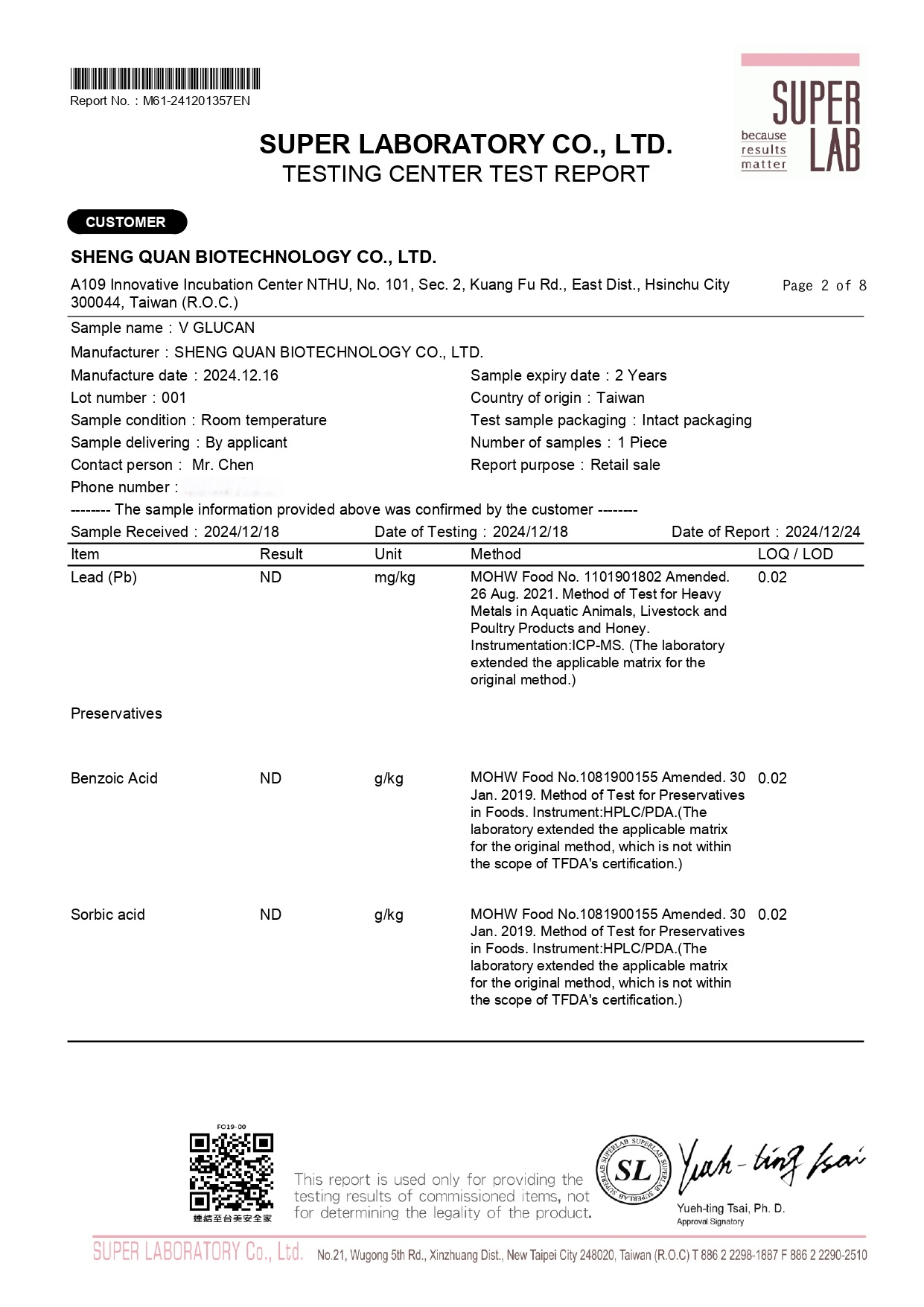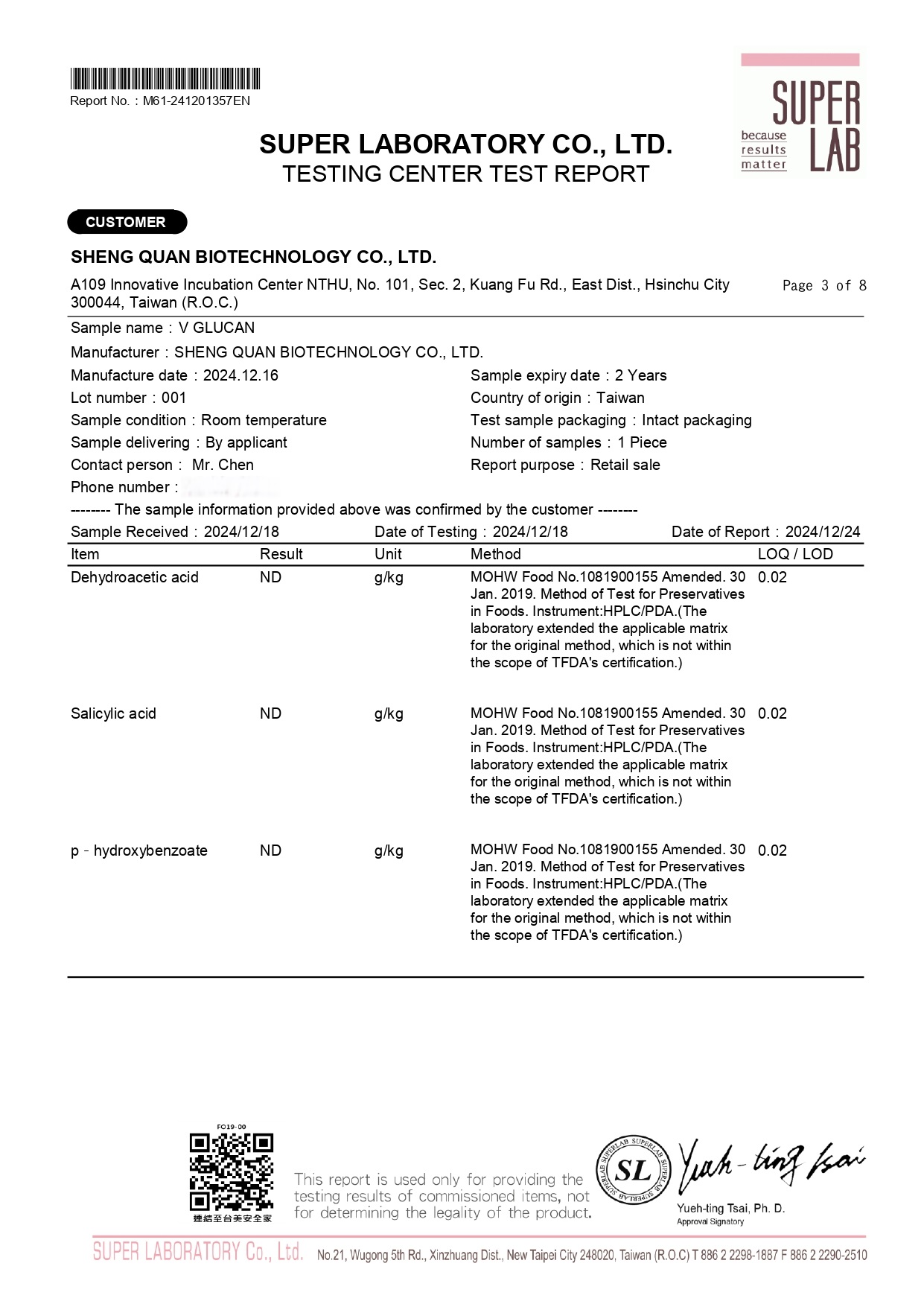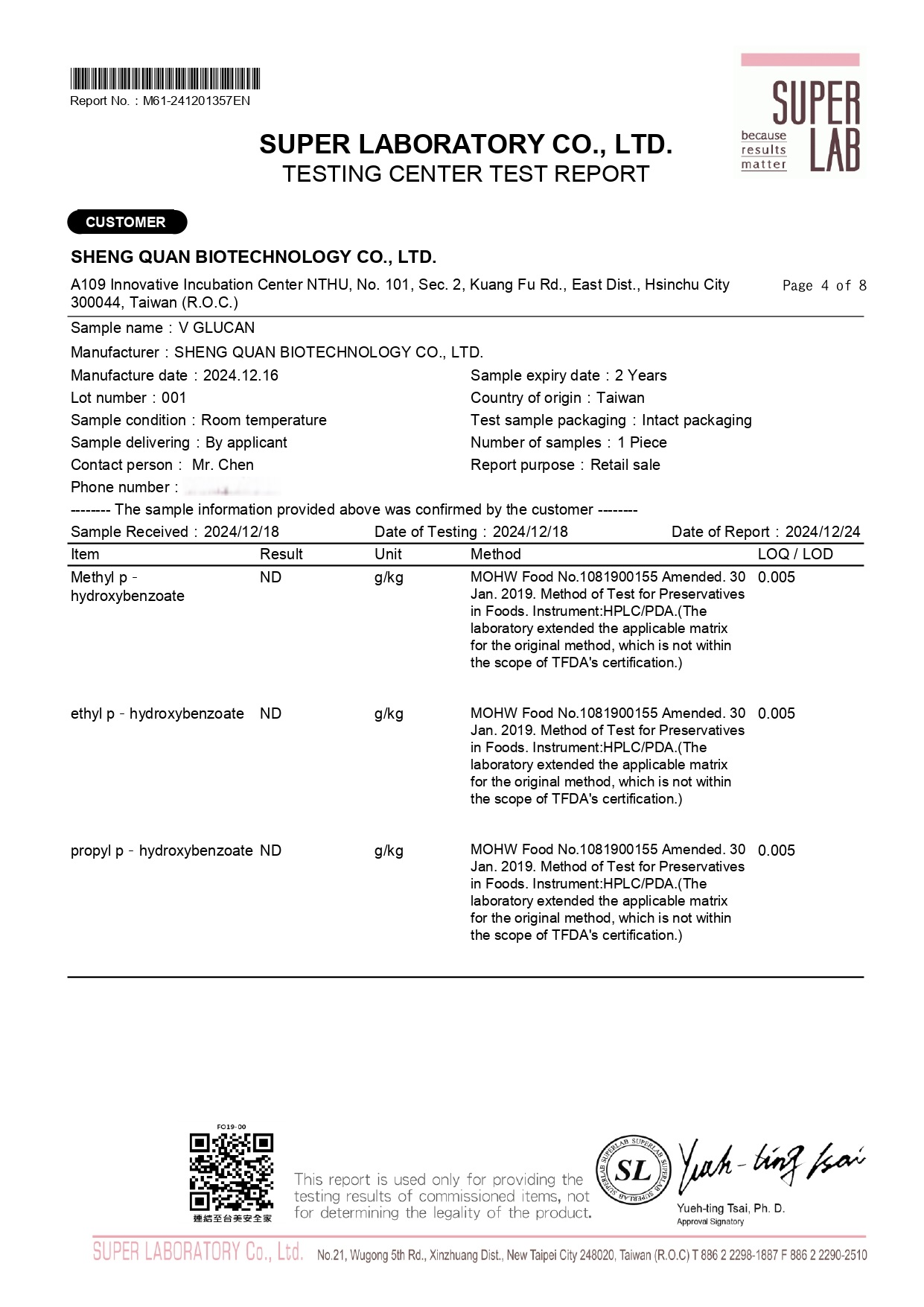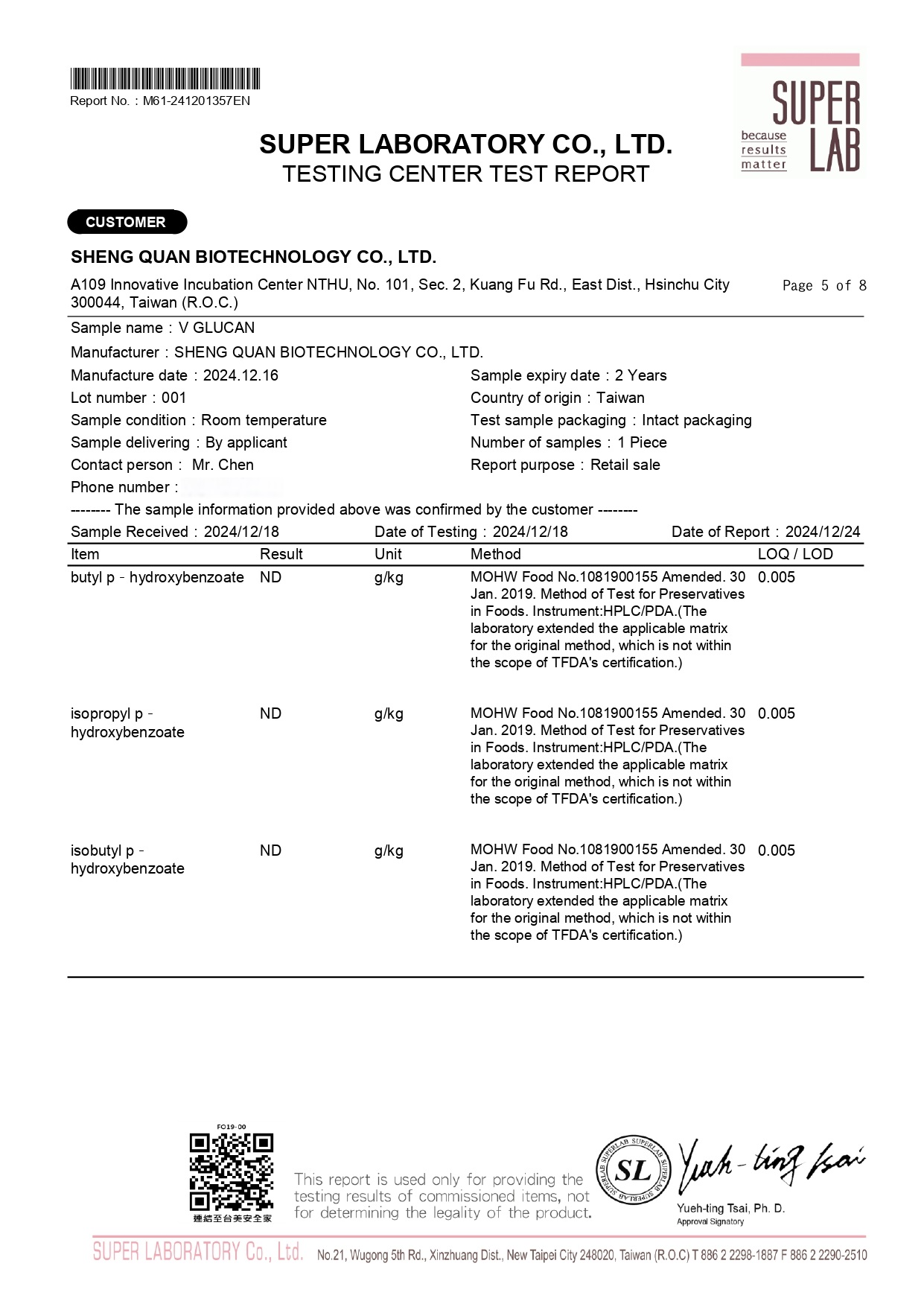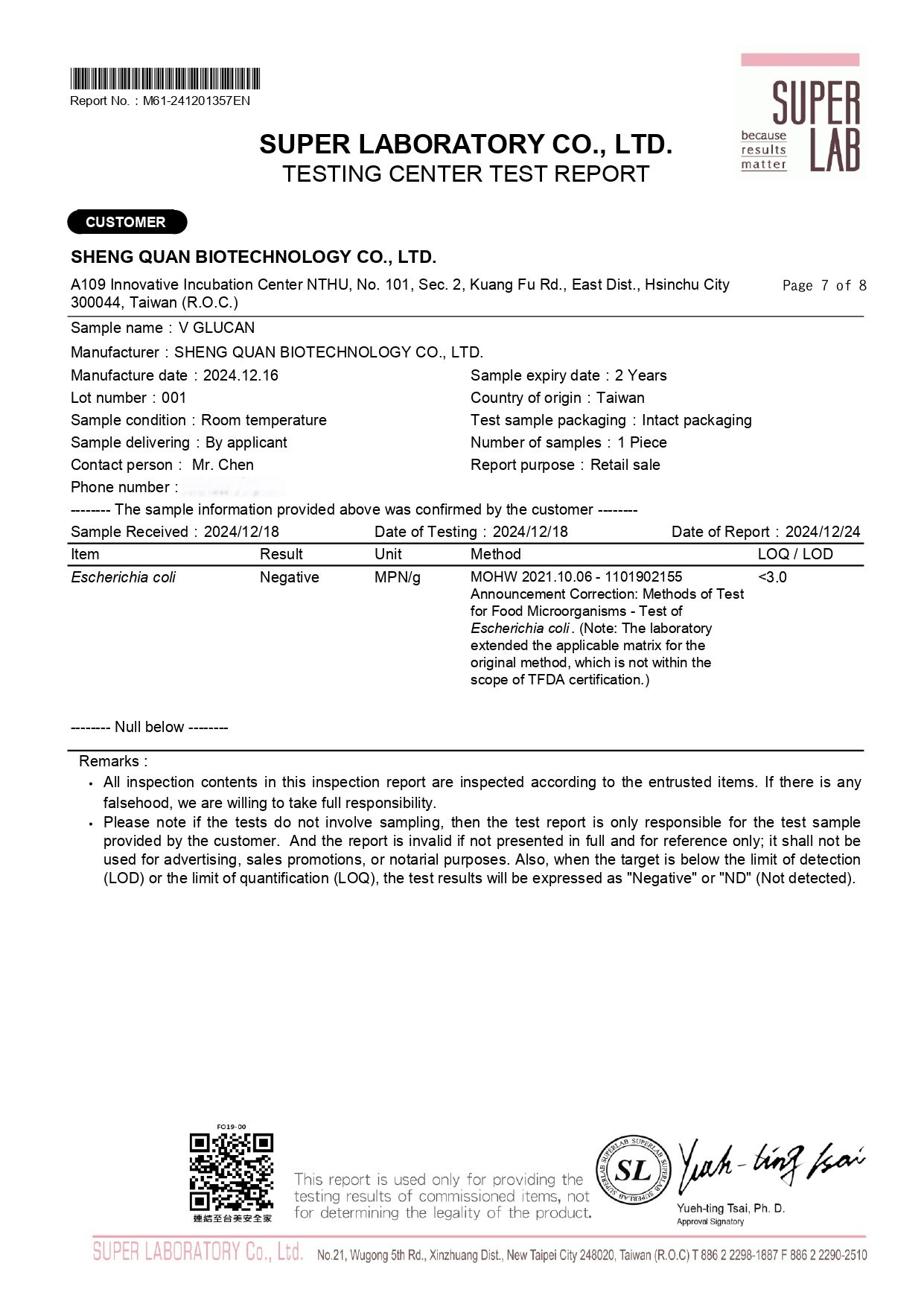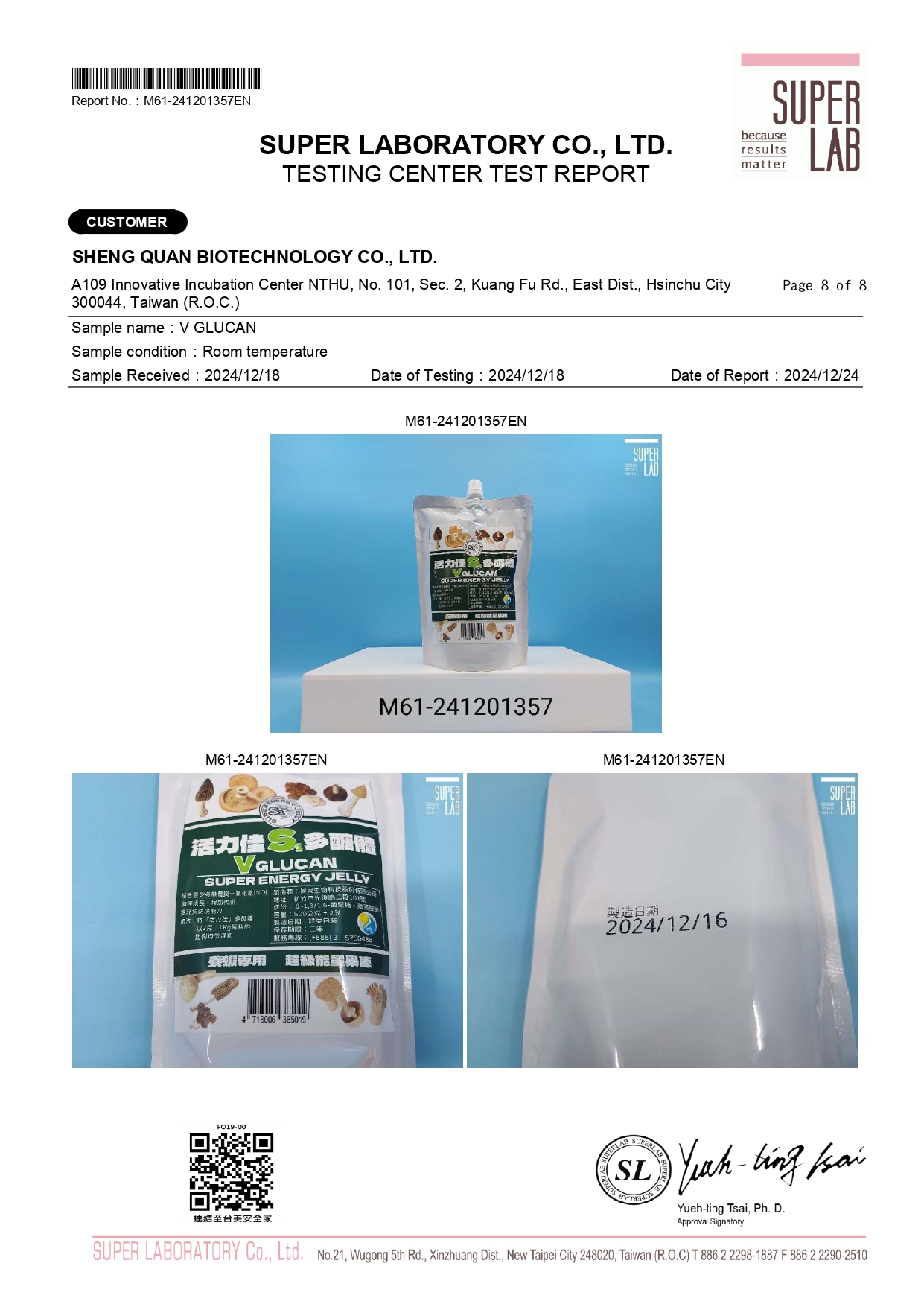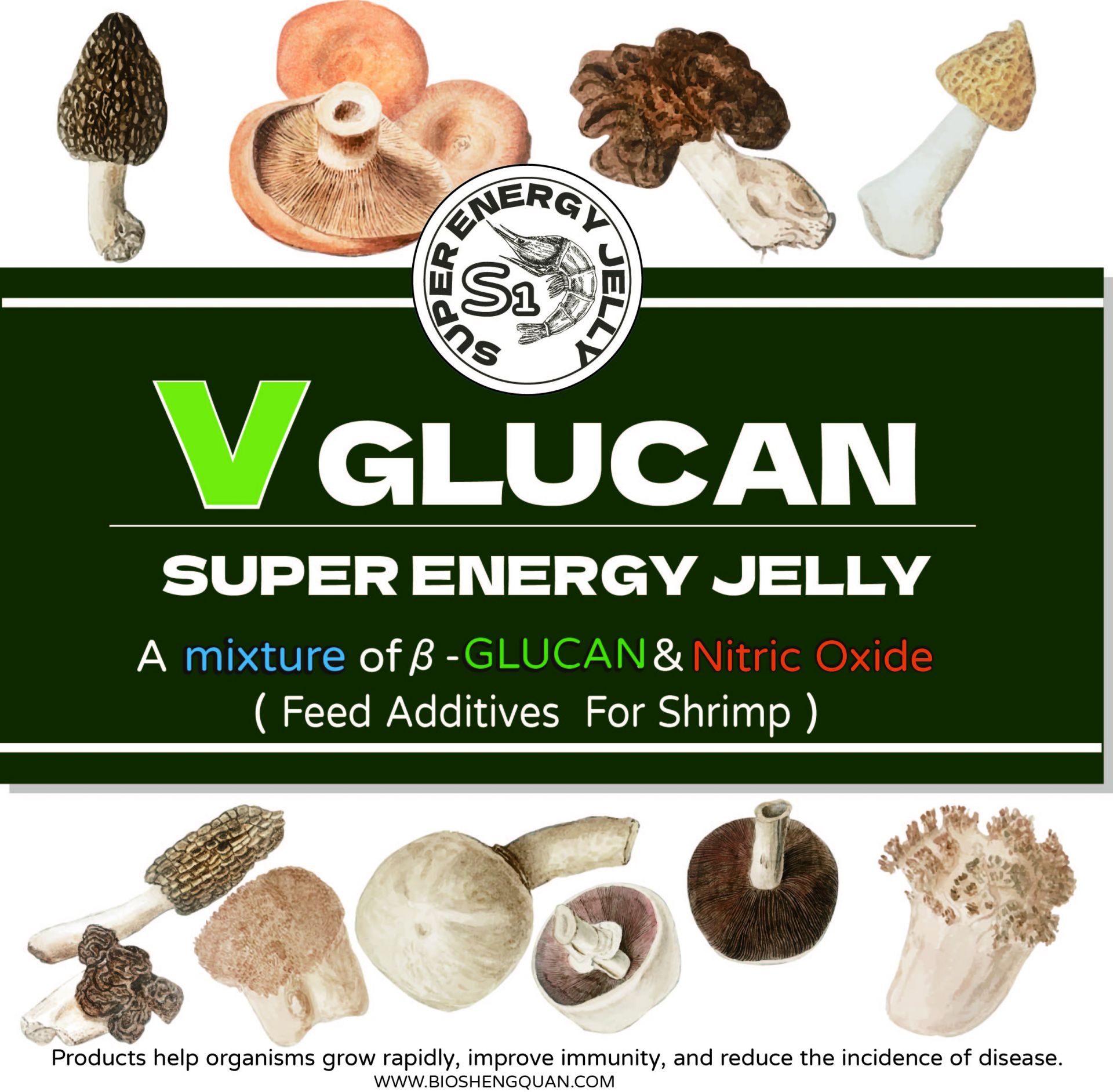
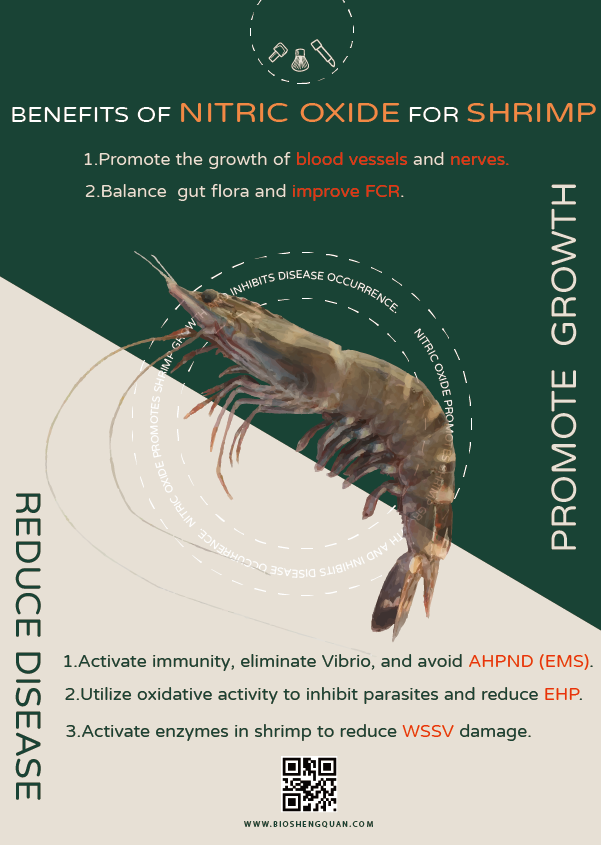
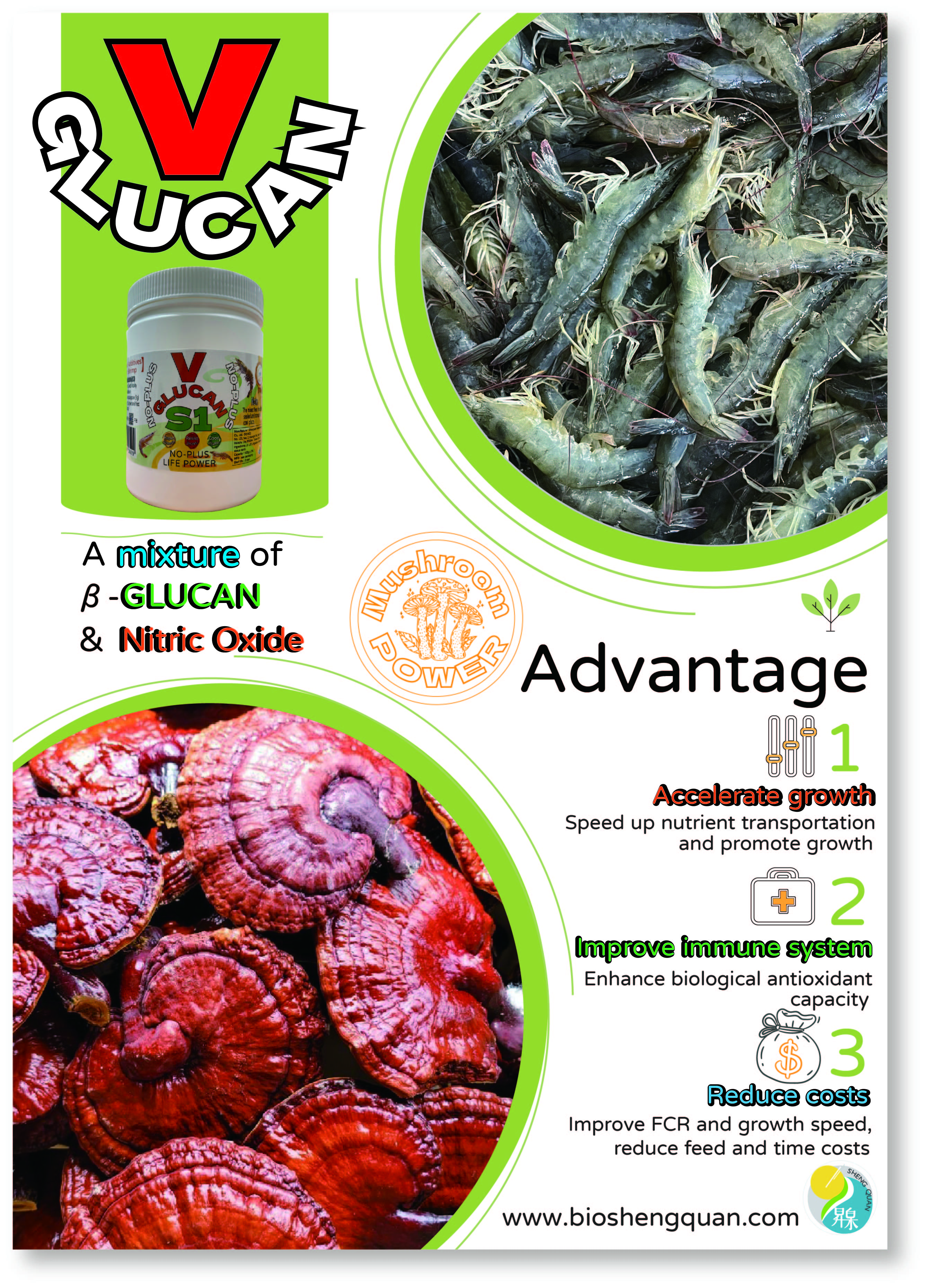
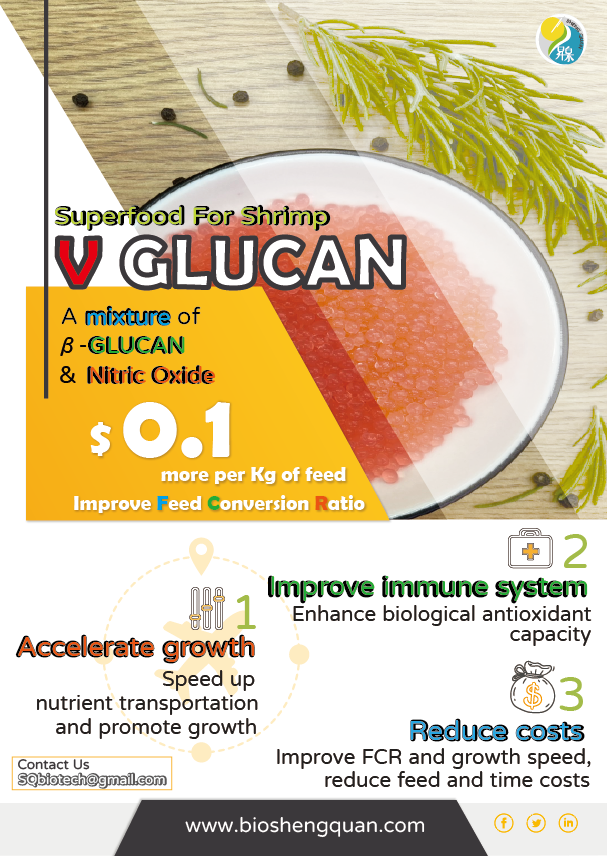
V GLUCAN (S1)
The scope of application:
Product description
"V GLUCAN" is a product composed of nitric oxide releasing agent and β-1,3/1,6-glucan. By releasing "nitric oxide", it expands biological blood vessels and brings nutrients into the body more quickly.
"V GLUCAN" can accelerate growth, enhance immunity and reduce diseases through nitric oxide and GLUCAN.
Benefits of Nitric Oxide for Shrimp
1.Accelerating Shrimp Growth
Nitric oxide promotes the development of nerves and blood vessels in invertebrates such as shrimp. It also activates the shrimp's immune mechanisms, ultimately balancing the gut microbiota.
References:
(1) Wright NJD. A review of the actions of Nitric Oxide in development and neuronal function in major invertebrate model systems. AIMS Neurosci. 2019;6(3):146-174. doi: 10.3934/Neuroscience.2019.3.146. PMID: 32341974; PMCID: PMC7179362.
(2) Hong PP, Zhu XX, Yuan WJ, Niu GJ, Wang JX. Nitric Oxide Synthase Regulates Gut Microbiota Homeostasis by ERK-NF-κB Pathway in Shrimp. Front Immunol. 2021;12:778098. doi: 10.3389/fimmu.2021.778098. PMID: 34925352; PMCID: PMC8678275.
2.Inhibiting Shrimp Diseases
Nitric oxide can activate the shrimp's immune system and, due to its reactive nature, eliminate or suppress pathogens such as Vibrio bacteria, viruses, and parasites. It has demonstrated significant efficacy against Acute Hepatopancreatic Necrosis Disease (AHPND), White Spot Syndrome Virus (WSSV), and microsporidian Enterocytozoon hepatopenaei (EHP).
References:
(1) Chen T, Wong NK, Jiang X, Luo X, et al. Nitric oxide as an antimicrobial molecule against Vibrio harveyi infection in the hepatopancreas of Litopenaeus vannamei. Fish & Shellfish Immunology. 2015;42(1):114-120. doi: 10.1016/j.fsi.2014.10.042.
(2) Lai Q, Yu C, Zhao F, et al. Protection of Pacific white shrimp (Penaeus vannamei) against WSSV infection by nitric oxide-generating compound S-nitrosoglutathione. Aquaculture. 2024;579:740204. doi: 10.1016/j.aquaculture.2023.740204.
(3) Jiang H, Li Y, Xu J, et al. Effect of Exogenous Nitric Oxide on E. hepatopenaei Copy Numbers and Immunity of Exopalaemon carinicauda. Aquaculture Research. 2023. doi: 10.1155/2023/2250046.
Nitric oxide, being a small molecule, can diffuse into shrimp bodies without requiring ingestion. Presence of nitric oxide around shrimp can affect their physiological mechanisms. Shrimp themselves produce nitric oxide through the enzyme nitric oxide synthase (NOS). However, pathogens often inhibit NOS activity, preventing nitric oxide release, leading to disease proliferation and compromising shrimp health.
Thus, externally supplied nitric oxide (NO donors) becomes crucial. Even if NOS is suppressed, external nitric oxide can combat pathogens and reactivate immune responses, including NOS and antimicrobial peptides (AMPs).
Benefits of β-1,3/1,6-glucan for aquaculture
(1) Improve immunity
(2)Promote growth
(3) Increase the richness of gut flora
(4) Reduce disease
Experimental data
Water volume: 10 tons
Density: 200 pieces/ton
The research data is as follows
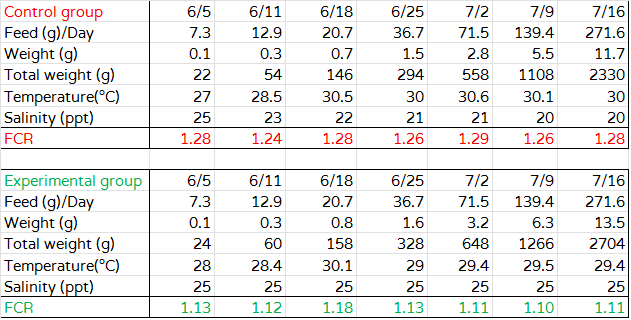
The experimental group using "V GLUCAN" had better FCR.
"V GLUCAN" can be mixed with feed, biological agents and other additives.
V GLUCAN utilizes the release of nitric oxide to improve shrimp vitality.
(Both CERES and V GLUCAN can release nitric oxide.)
Shrimp caught from the breeding pond can directly test the effect of V GLUCAN.
